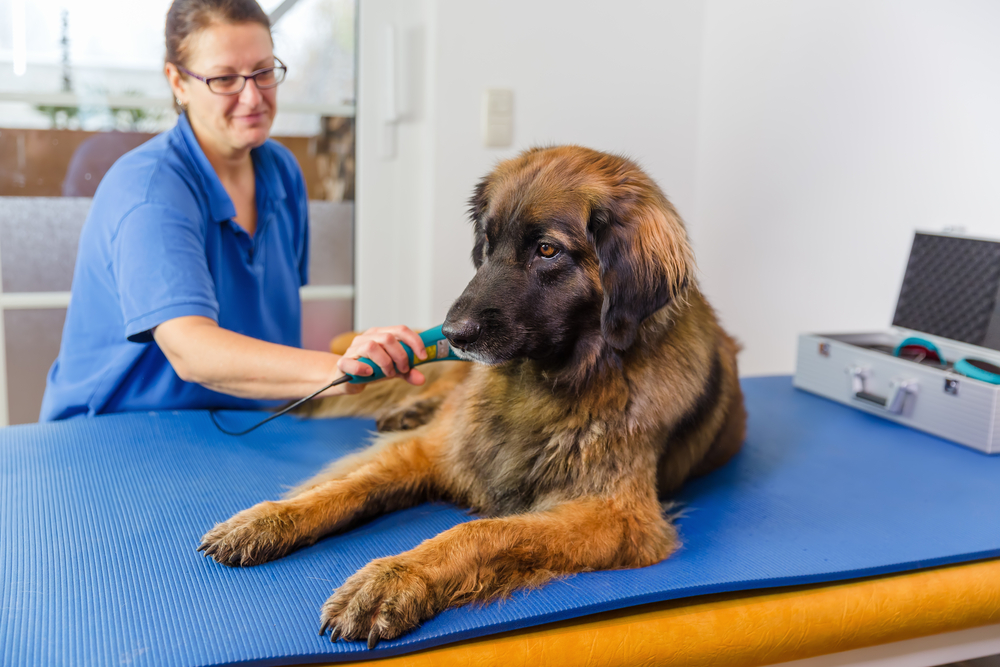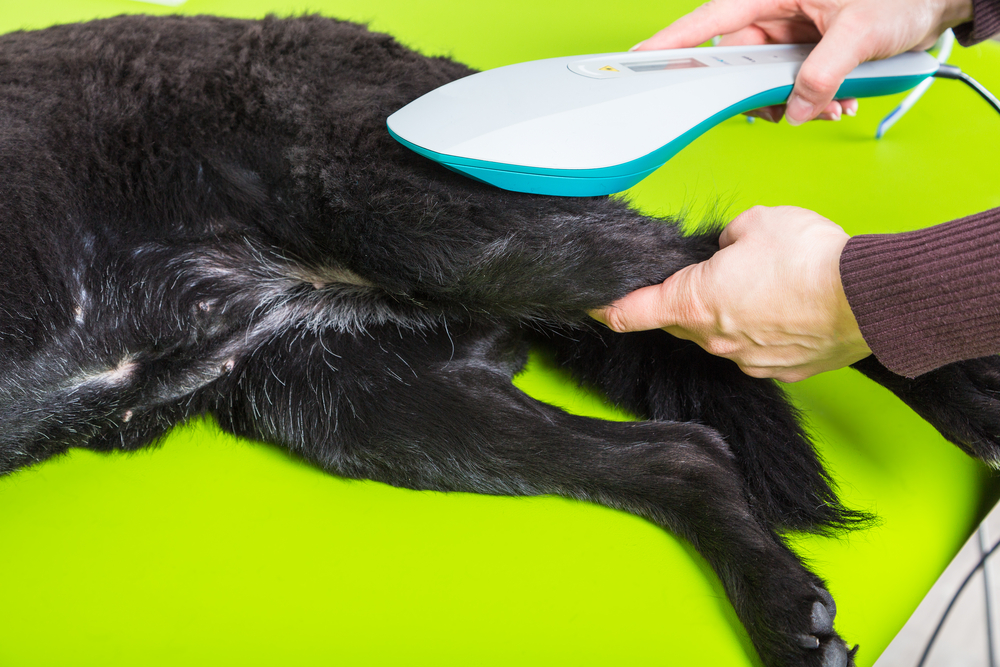
Shedding Light on Companion Laser Therapy: A Guide for Pet Parents
What exactly is Companion Laser Therapy?

What Conditions Can Companion Laser Therapy Help With?
1. Arthritis: Laser therapy can help reduce inflammation and relieve pain associated with arthritis, allowing pets to move more comfortably and improve their quality of life.
2. Wound Healing: By promoting cell regeneration and increasing blood flow to the affected area, laser therapy can accelerate the healing process for wounds, incisions, and abrasions.
3. Joint Pain: Pets suffering from joint pain due to injury or conditions like hip dysplasia can benefit from laser therapy by reducing inflammation and promoting tissue repair.
4. Post-Surgical Recovery: Laser therapy can aid in post-operative recovery by reducing swelling and pain, helping pets heal faster and resume normal activities sooner.

Now, let's talk about the benefits of Companion Laser Therapy:
• Non-Invasive: Unlike surgical procedures, laser therapy is non-invasive and does not require anesthesia, making it a safe option for pets, especially those who may not tolerate anesthesia well.
• Pain Management: Laser therapy provides pain relief by stimulating the release of endorphins, the body’s natural painkillers, helping pets feel more comfortable and improving their overall well-being.
• Faster Healing: By promoting cell regeneration and increasing blood circulation, laser therapy accelerates the healing process, allowing pets to recover from injuries and surgeries more quickly.
• No Side Effects: Laser therapy is gentle and typically has no known side effects when performed by trained professionals, making it suitable for long-term use as part of a pet’s wellness plan.
Give Your Pet the Gift of Relief: Book a Companion Laser Therapy Appointment at Adobe Veterinary Center Today!








